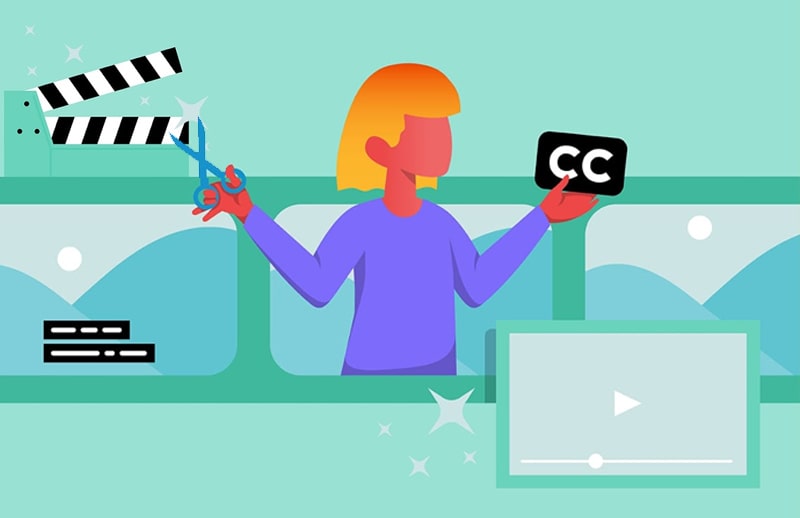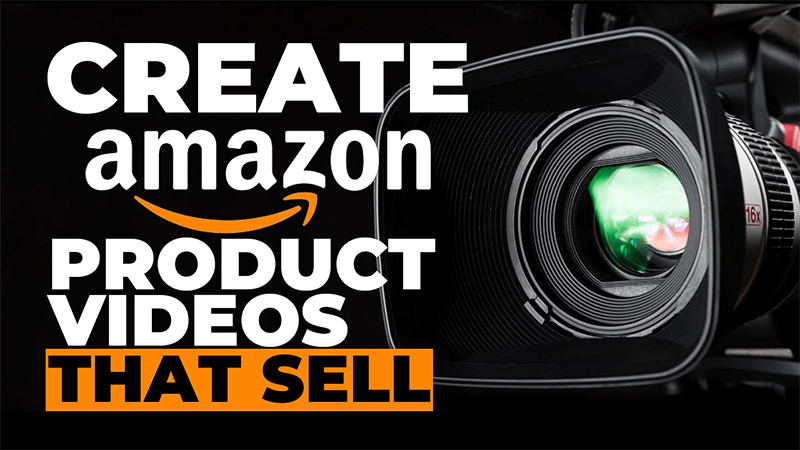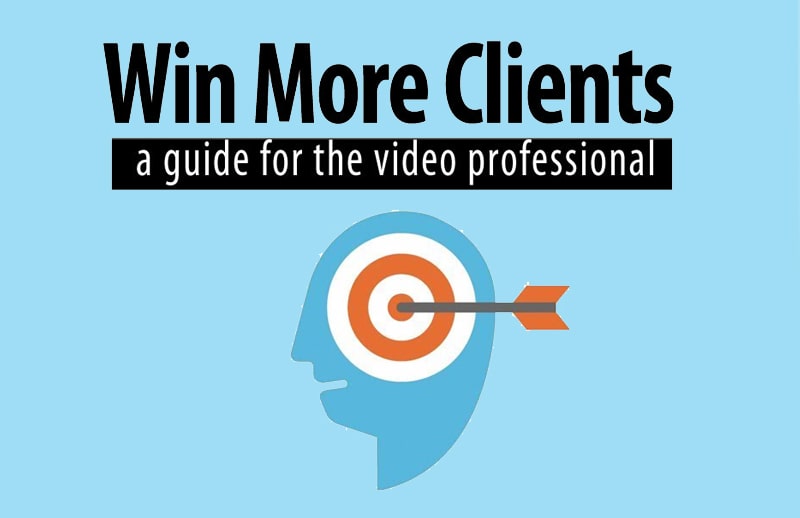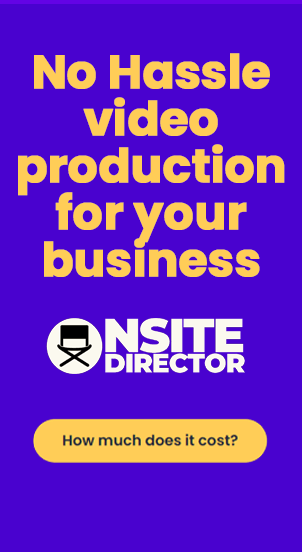Chuck asks: As video producers, are we bound by any video accessibility laws when distributing content? Are we required to provided closed captions to videos? If so, what are some of the elements we need to be aware of when creating accessible video?
Yes, but it depends.
There are three acts that make Accessibility the law:
Americans with Disabilities Act (ADA)
In 1990, Congress passed a series of landmark anti-discrimination laws that require public and private organizations to take strides to accommodate those with recognized disabilities trying to use their services or goods. If a promotional video, PowerPoint presentation, or commercial is being played in a public place, it is legally required to be captioned.
The 21st Century Communications and Video Accessibility Act (CVAA) says anything that has been broadcast on television must be closed captioned by law.
If you were to bring that broadcast to the internet, say YouTube or Facebook, video producers have 45 days after posting content to add captions. However, if your content has never aired on television, then this law doesn’t apply. Still, many individual vloggers, social media personalities, and major media companies choose to follow these rules anyway out of simple respect for members of their audience.
Section 508 of the Rehabilitation Act of 1973 requires Federal agencies to make their electronic and information technology (EIT) accessible to people with disabilities.
In short:
- Content being played in a public place must be Accessible.
- If your video was broadcast on television and then posted to the web, it must be made Accessible.
- Working in a Federal agency? your content must be made Accessible.
Video publishers should fall in love with captions
Whether you are legally required to caption your videos, or just want to keep up with industry standards, you don’t want to limit your video’s reach. Omitting captions can shut out out certain audience members, weaken SEO, limit interactivity and make your content less memorable.
Let’s explain:
SEO
Most of us want people to know who we are and to be able to find us easily – that’s where search engine optimization (SEO) comes in.
Search engine optimization, a likely familiar term, is a process that aims to increase the visibility of websites and pages. That’s all well and good, but, have you ever heard of video SEO? Just like written content, videos can be ranked on search engines. Though this concept may seem foreign for some compared to traditional SEO, it’s actually similar in principle. When done right, optimizing video for SEO helps both views and website traffic to skyrocket.
One way to get search engine bots crawling towards your video content is – you guessed it – captioning. Associating a text caption file with a video is enough to grab the attention of search engines, which can’t technically view video content the way we can. This will improve the chance that your videos will rise in ranks and be seen by more people.
User Experience
We all want our content to be the best of the best, and to be memorable. Well, captions can do just that for your video content. A research study from the Journal of the Academy of Marketing Science found that captions improve brand recall, verbal memory, and behavioral intent.
With captions, your video content will be more engaging and will encourage people to keep coming back for more of what you have to offer. Our job as creators is to delight our audience, and with accurate captions, you can do just that.
Viewing Flexibility
Allowing viewers to watch videos in multiple environments could be key to getting your message in front of more eyes. That flexibility is made possible by adding captions to videos.
In 2016, Facebook found that 80% of viewers react negatively to videos that autoplay with the sound on. This reigns true especially for those in sound-sensitive environments like public transportation, gyms, and libraries. However, if a video plays on silent and is without closed captions, a viewer will likely keep on scrolling since they have no context and no desire to click into the video for sound. That’s why captioning videos is so crucial for publishers today – it could be the factor that gets people to watch your videos, especially on social media.
Get creative with your captions and make them look visually appealing. This can encourage viewers to keep their eyes on your videos and to watch them from start to finish.
Accessibility and the Curb Cut Effect
Videos need captions to be accessible for people who are deaf or hard of hearing and audio description for people who are blind or low vision. Captions and descriptions aid people with other disabilities, too, such as learning disabilities, neurological disorders, or autism.
Accessibility doesn’t just apply to people with disabilities. Have you ever heard of the “curb cut effect?” The concept stems from the origins of sidewalk curb cuts, which were initially developed to make sidewalks accessible for people in wheelchairs. Today, anyone can benefit from curb cuts including parents with baby strollers, people using crutches temporarily, and even people rolling large garbage bins onto the street for trash pickup.
Elements of Accessible Video
Captions
Captions are time-synchronized text of the audio. Captions assume the viewer can’t hear, so they include all relevant sound effects, speaker identifications, and other non-speech elements that make it easier for the viewer to understand who is speaking.
Besides providing accurate captions, video producers should also consider the placement and design of the captions to make sure they are legible.
Video producers can create their own captions, or they can also use a professional captioning vendor to ensure their video has accurate captions.
Audio Description
Audio description is a service for blind and low-vision viewers. Audio description is a separate audio track that is played along with the video, narrating the images and actions on the screen.
Unfortunately, most video players do not support audio descriptions, so video producers must be mindful of how they want to publish their descriptions. You can publish descriptions through a separate audio track, a new video with the AD audio track embedded, or by using an audio description plugin.
Transcripts
Transcripts are a text version of the audio. Transcripts allow deaf and blind individuals to access video content. A fully accessible video should include both captions and a transcript.
If you’re using a professional captioning company, you can download a plain text transcript. If not, just copy and paste all of your captions into one document. To publish the transcript, you can either paste it below the video, through a new link, or by using an interactive transcript plugin.
Transcripts, captions, and audio descriptions are useless if your video player doesn’t support them.
Video Player
An accessible video player supports captions, transcripts, and audio descriptions. It’s also fully keyboard, screen reader, and mouse accessible. An accessible video player also gives users the tools to pause, stop, and control the volume of the video. Some go as far as allowing users to customize the size, font, and color of the captions.
If you don’t have access to a fully accessible video player, it’s important to always provide equivalent alternatives. If captions aren’t supported on your video player, you can use a captions plugin, or burn the captions into the video. Similarly, with audio description, you can use an audio description plugin, or create a separate video track.






